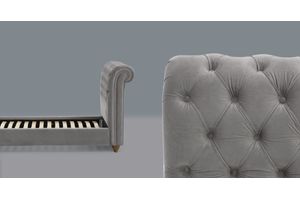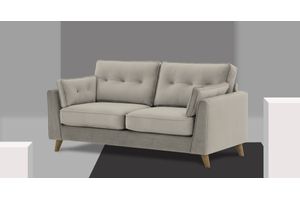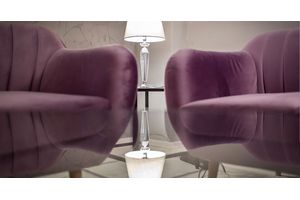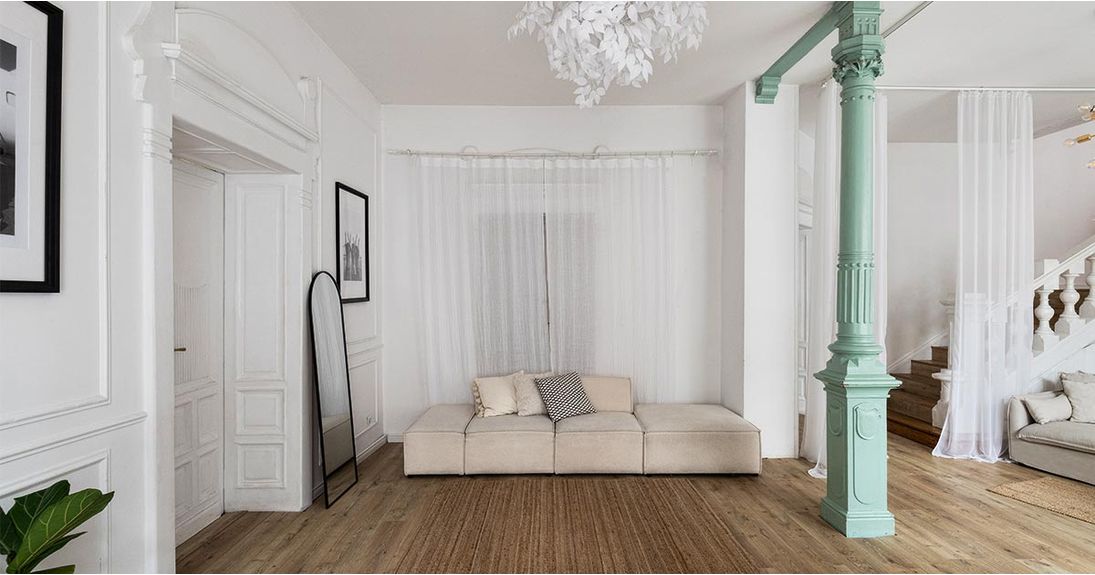
How do you choose paint colours for interiors?
Choosing the right paint colours is not only a matter of aesthetics but also affects our mood and well-being. The right colours can create harmony in a room and evoke the desired emotions. That's why it's worth taking the time to carefully select paint colours to create an interior that suits us and makes us feel comfortable.
Guidelines for selecting paint colours
Light in the room
The intensity of light in a room is important for the selection of paint colours. Rooms with large windows and abundant natural light will have a different colour dynamic than those with less light. For low-light rooms, bright colours can help visually brighten the space. Conversely, for rooms with plenty of sunlight, you may want to opt for more muted shades to prevent over-brightness.
Room function
The function of a room is crucial when selecting paint colours. Each room has a specific role and has its specific colour requirements. For example, a bedroom is a place for rest, so it is advisable to choose calming colours, such as pastel shades of blue or green. By contrast, in the living room, where we are often in company, we can opt for more vibrant colours, such as warm shades of yellow or energetic shades of orange.
Existing décor elements
When selecting paint colours, it is important to consider the existing decor elements in the room. Furniture, accessories or textiles should coordinate with the wall colours to create a cohesive and harmonious whole. If you have colourful upholstered furniture, it's worth choosing paint colours to compliment the furniture. For example, if you have a sofa with an intense colour, you can choose muted shades on the walls to allow the furniture to gain attention.
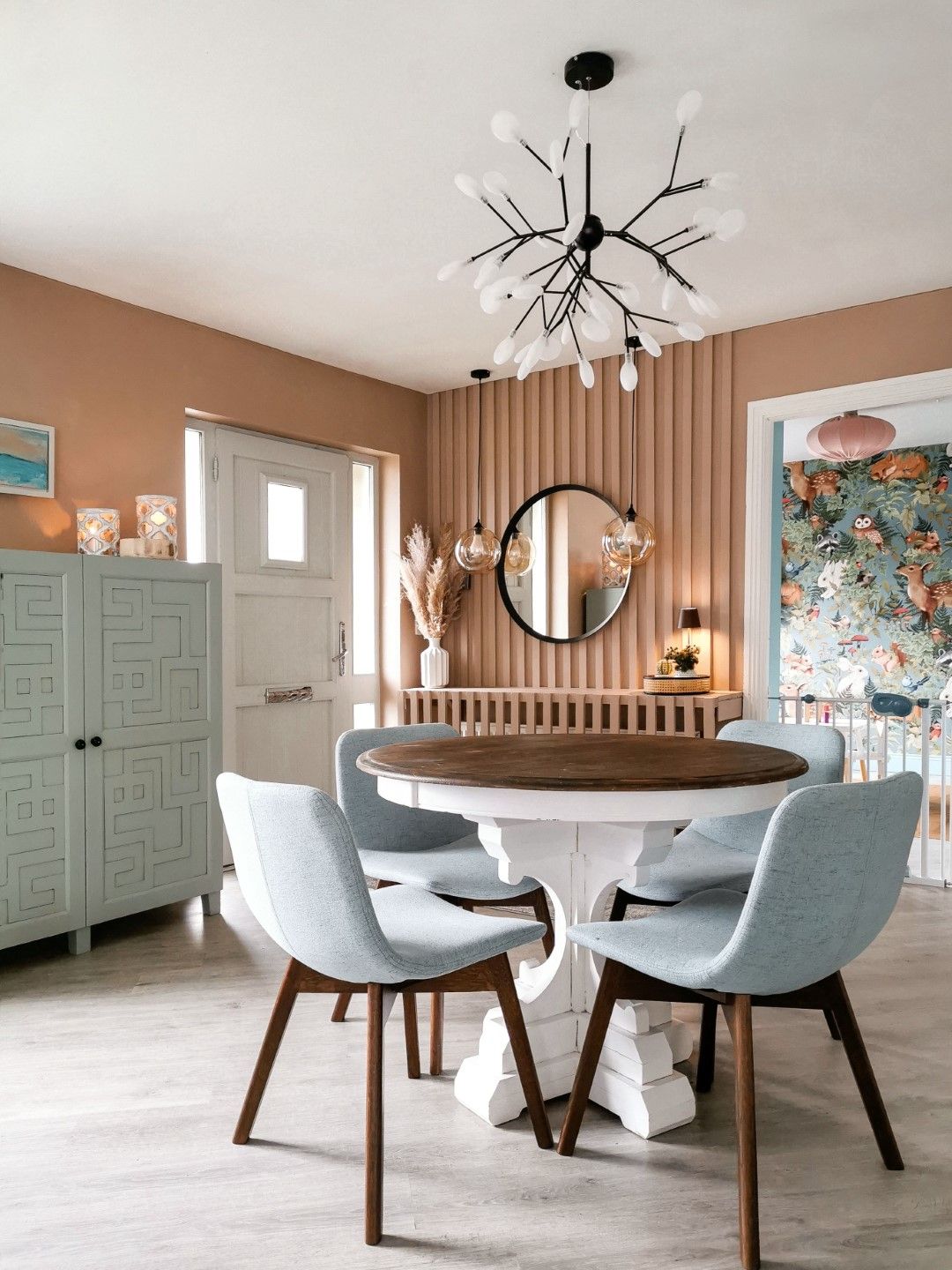
Matching paint colours with furniture and accessories
When selecting paint colours for an interior, it is important to consider the furniture and accessories to create a harmonious and cohesive space. Here are some tips to help you match paint colours to upholstered furniture and accessories:
The principle of contrast or colour harmony
You can apply the principle of contrast or colour harmony to the combination of furniture and paint. Balance intense furniture colours with neutral paint shades on the walls or add colour accents on the walls to subdued furniture.
How to consider coloured upholstered furniture
Coloured upholstered furniture can be the focal point of a room, so consider it when choosing paint colours. Match the paint colour on the walls to the furniture. For example, a light cream colour will integrate with an intense yellow piece of furniture.
Integration of accessories colours
Colourful accessories, such as curtains or cushions, can add depth and richness to a room. Match the paint colour on the walls to these accessories. For example, blue colour on the walls will integrate with intense blue curtains.
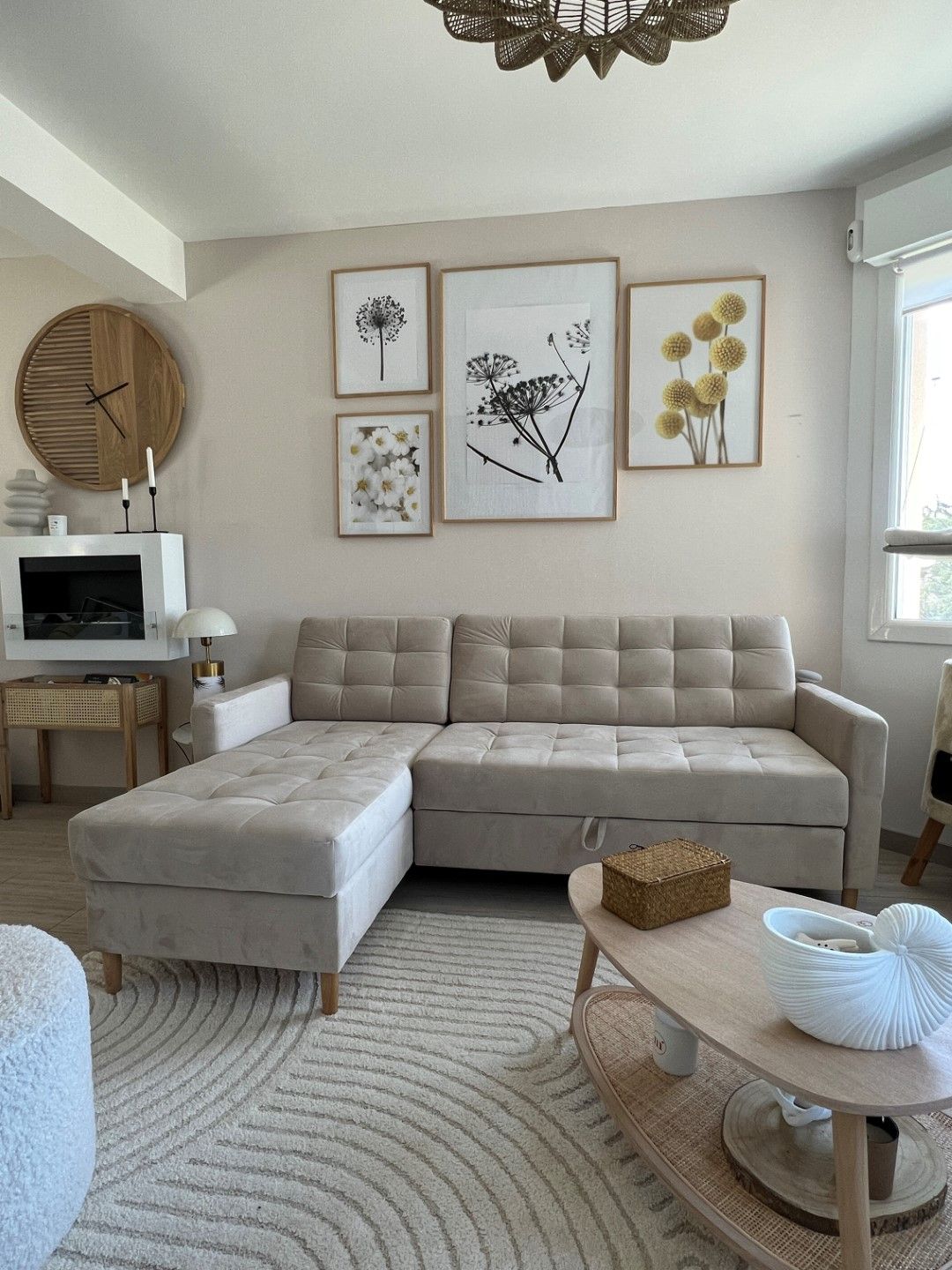
Practical tips
Testing colour samples on the walls
Before you decide on a particular paint colour, it is a good idea to carry out tests on the walls. Many shops offer paint samples that you can apply to the wall and observe for a few days in different lighting conditions. This will give you a better idea of how a particular colour looks in a room and whether it matches your expectations.
The effect of lighting on the appearance of colours
Remember that lighting has a major impact on colour perception. Both natural and artificial light can change the appearance of colours on walls. Therefore, it is worth paying attention to how lighting affects the colours in a room and adjusting your choice of paint colours accordingly.
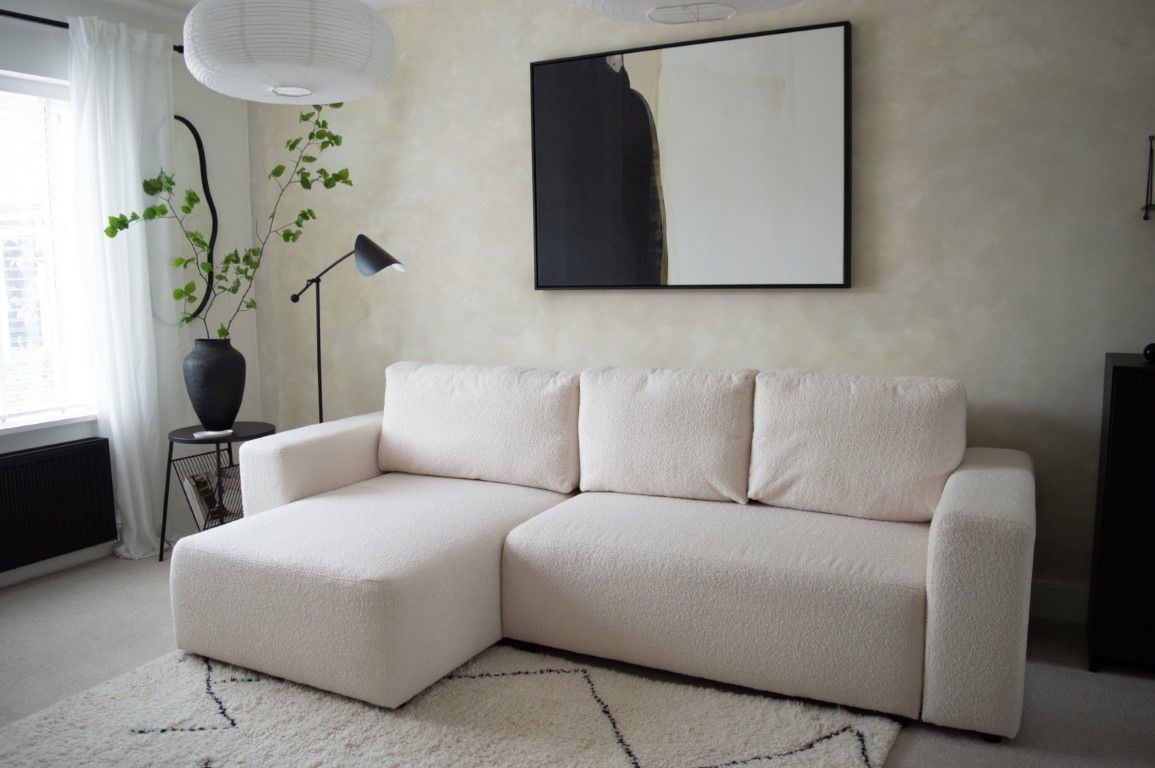
In summary, the choice of paint colours in interiors is of great importance for the atmosphere and character of the room. It is important to take into account the light intensity, the function of the room and the existing design elements. When deciding on paint colours, it is worth considering your preferences and lifestyle. Experimenting with different colour combinations and colour principles will help you discover solutions that best reflect your individual needs and create a cohesive interior. Enjoy the colour design process and have fun with your paint colour choices, creating an interior that you feel comfortable in and that reflects your unique style.
